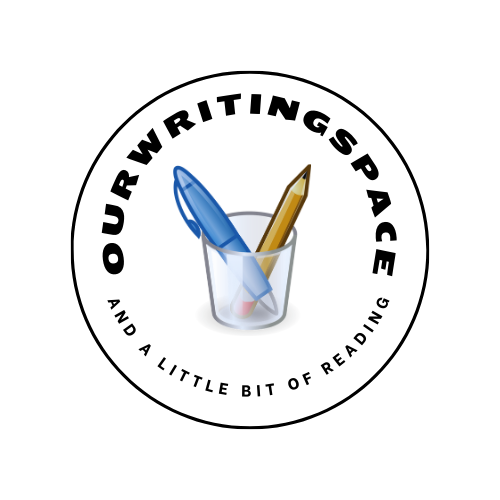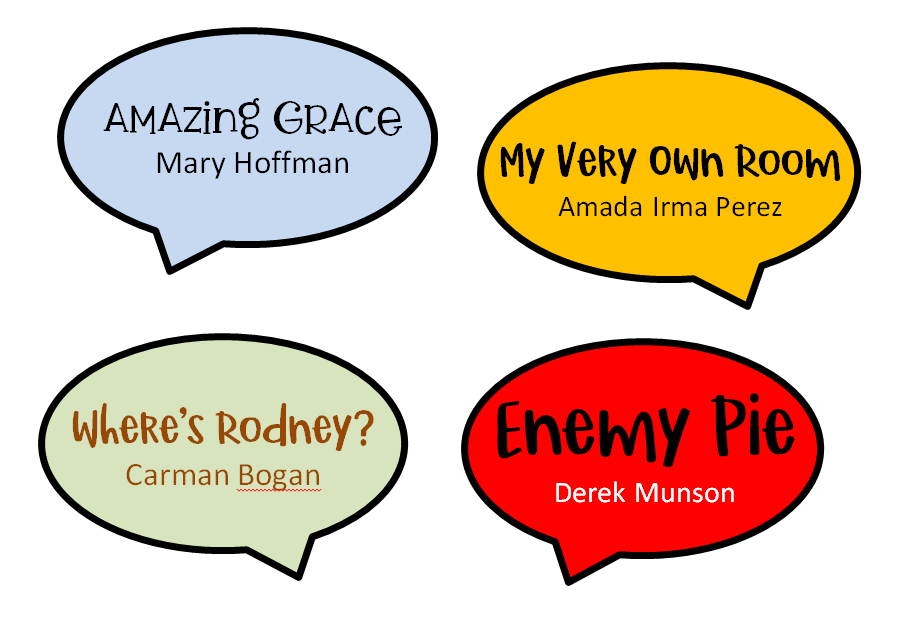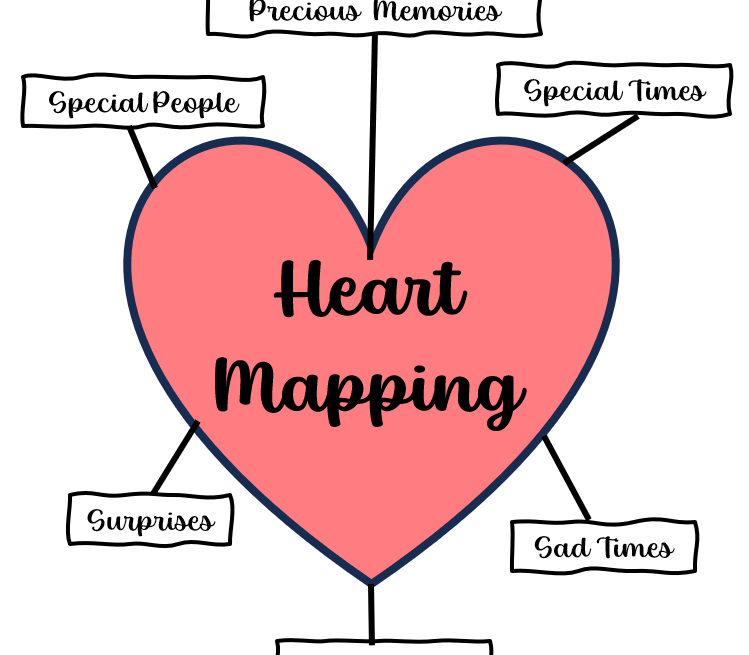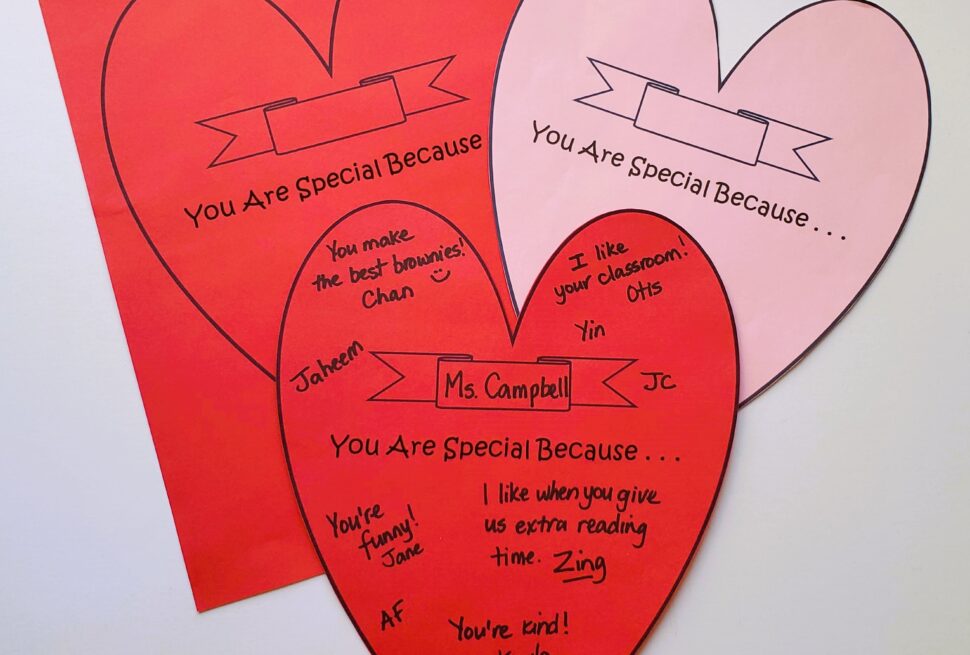At the beginning of the school year, I like my students to write personal narratives because I think this genre helps them to build their writing confidence as soon as we start talking about writing. I tell my students that a personal narrative is a story that has happened to them. They are writing about things they already know!
Read alouds are one way to create discussions around personal narratives. They can be used to spark writing ideas that students can brainstorm in their writer’s notebooks, and students can make personal connections to the experiences of the characters and situations. For example, after reading Wilfrid Gordon McDonald Partridge, students can discuss their own memories. They can write about the ones that mean the most to them.
Here are 6 read aloud suggestions that can help you get started with your read aloud collection.
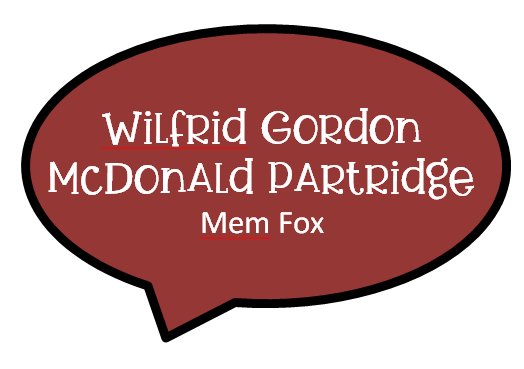
Wilfrid Gordon McDonald Partridge by Mem Fox
A small boy lives next door to an old people’s home. Miss Nancy is his favorite person to visit at the home. He learns that she has lost her memory. He asks the people in the home, “What’s a memory?’ and gets lots of examples of things that make memories. He sets about to gather memories for Miss. Nancy. When he gives her his box of memories, Miss Nancy finds her memories.
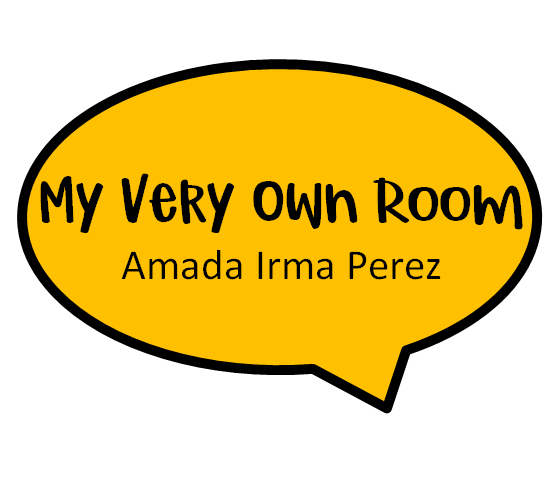
My Very Own Room by Amanda Irma Perez
The author shares her experience of growing up in tiny, two bedroom house with a large family. In the story, she is almost nine years old and shares a room with her five little brothers. They often have visitors that make the house even more crowded. She longs for a room of her own where she can read, write and dream, but their house is too small. She spies a tiny closet and with her family she turns it into tiny bedroom just for her.
This story is told in English and Spanish.
Questions: Can students think of a time they really wanted something? Did they get it? How did it happen?

Amazing Grace by Mary Hoffman
Grace loves stories and acting them out. She wants to play Peter Pan in the school play. One classmate thinks she cannot be Peter Pan because she is a girl. Another tells her that she cannot be Peter Pan because she is black. Her family helps her overcome these opinions and she realizes that she can be anything that she wants. She auditions for the play and gets the part she desires.
Questions: Can students think of a time they were told they could not do something? How did they feel? Did they give up or did they persevere? How did things turn out?

Where’s Rodney? by Carmen Bogan
Rodney is easily distracted when he is in the classroom because he loves to be outside. The class is to go on a field trip but Rodney is not excited because he thinks he knows all about parks. In his experience, they are no big deal! When they go on the field trip Rodney is in for a big surprise. He is able to experience the outside like never before.
Questions: Can students think of a time when they were surprised by something they thought they knew all about? What happened?
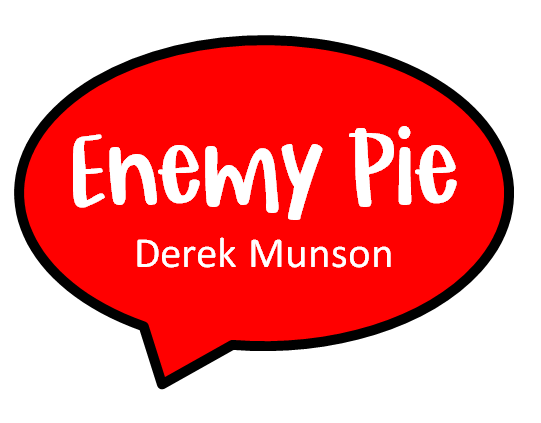
Enemy Pie by Derek Munson
The main character has only one enemy, Jeremy Ross, and he wants to get rid of him. His dad tells him the fastest way for that to happen is for Jeremy to eat enemy pie. His dad offers to make the pie but for it to be successful, the two boys must spend the day together. The plan is put into action, but there is an unexpected outcome.
Questions: Can students think of a time of an unexpected friendship they made? What happened?
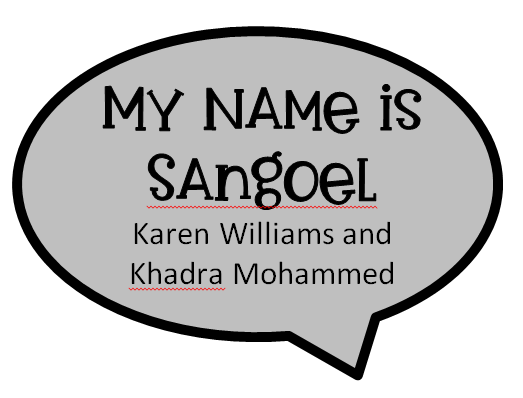
My Name is Sangoel by Karen Lynn Williams
Eight-year-old Sangoel is from Sudan. He is a refugee. He leaves the refugee camp with his mother and little sister for America. His name is very important to him because it is the name of his ancestors. In America, he learns the American way of life. Each time his name is said, it is mispronounced by everyone he meets, he quietly corrects them, but it continues. He begins to feel that he is losing his name and his identity. Then he gets an idea to help people understand how to say his name. His idea works.
Questions: Can any of your students identify with people either saying or spelling their name incorrectly? Do they correct them or do they just accept their pronunciation? How do they feel about their name? Do they know the history of their name? Is their name connected to another person?
After hearing and discussing a specific reading aloud, students can spend a short time writing down their response to the reading in their writer’s notebook. They can develop these short responses at a later date.
Online Read Alouds
If you are unable to find a physical copy of the suggested read alouds, many of them can be found online. When choosing an online reading, select one that supports the way you want the story read and nothing is distracting from the reading. For example, I prefer online read alouds that show just the pictures and the text in the frame and you only hear the voice of the reader. I think Storyline Online does this very well! https://storylineonline.net/ Don’t forget to pause the story in the places you want students to have a thought about the text.
The primary focus at this point in the year is to have students learn how they can generate writing ideas for personal narratives. As the year goes on, these same read alouds can be referred to in discussions around story elements: characters, setting, plot, problem, solution, theme, and change. The constants reference to story elements will help students understand that these should be found in all stories including the ones they write.
Happy Reading!
Sonia
